Among the various plots covered in Netflix’s ‘Spy Ops,’ the assassination attempt on Pope John Paul II perhaps stands out the most, given the combined religious and political complexities that surrounded the whole situation. The man who pulled the trigger on the figurehead of the faith of Christianity was Mehmet Ali Ağca, whose motivations and actions still remain a mystery. Needless to say, people are pretty curious about what the assassin is up to these days.
Who is Mehmet Ali Ağca?
Born on January 9, 1958, Mehmet Ali Ağca is a Turkish citizen by birth. Though he claimed in the past that he had been trained by the Marxist Popular Front for the Liberation of Palestine (PFLP), the organization in question denied this particular statement. After his apparent training, Ağca went on to be a part of Grey Wolves, a far-right Turkish paramilitary organization that has received much criticism in the past for some of its ideologies.
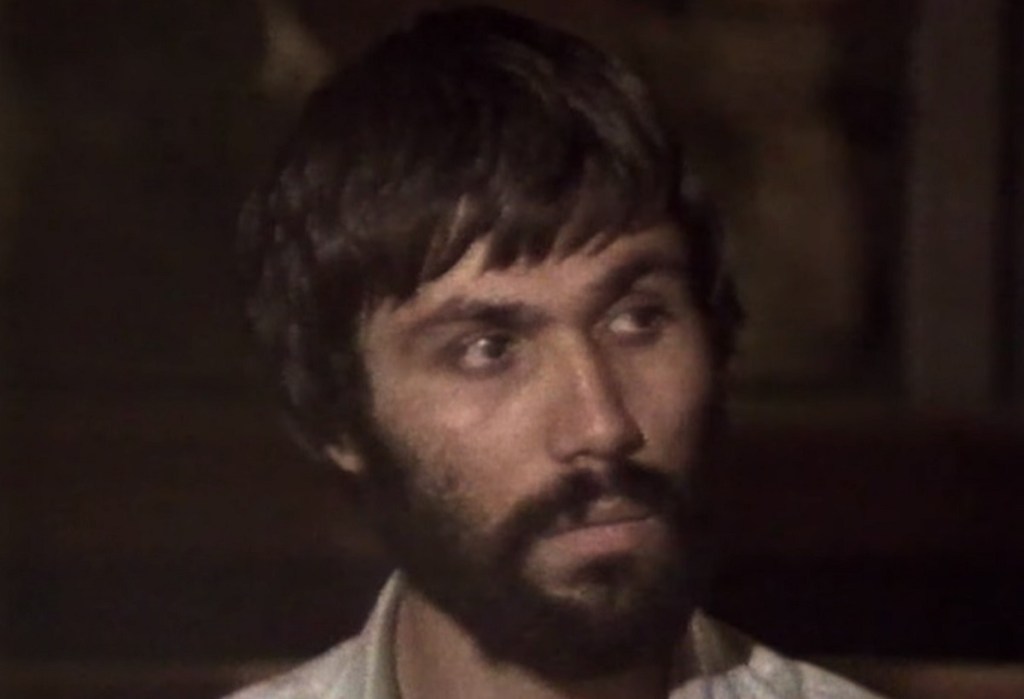
While working for Grey Wolves, Ağca admitted that he killed Abdi İpekçi, editor of Turkish newspaper Milliyet, on February 1, 1979. Having been imprisoned for the same, he escaped from captivity after only six months and fled to Bulgaria. In November of the same year, there was a plan for the then Pope John Paul II to visit Turkey, something that Ağca voiced his dissent against. He claimed that the Vatican leader was “the masked leader of the crusades” and threatened that he would shoot the Pope should he come to Turkey. Another reason behind his vendetta was the then-ongoing siege of the Grand Mosque in Mecca, Saudi Arabia.
Starting in August 1980, Ağca embarked on a journey across the Mediterranean region of Europe in order to gain entry into Italy and then the Vatican City. While it is evident that he had help in order to traverse the distance, his conflicting claims have made it hard to truly pinpoint the motivations of the others attached to the mission. In one of his testimonies, he claimed that he met with three accomplices after traveling to Rome, Italy, two of whom were Bulgarian, implying that Zilo Vassilev, a Bulgarian military expert in Italy, had ordered the assassination mission.
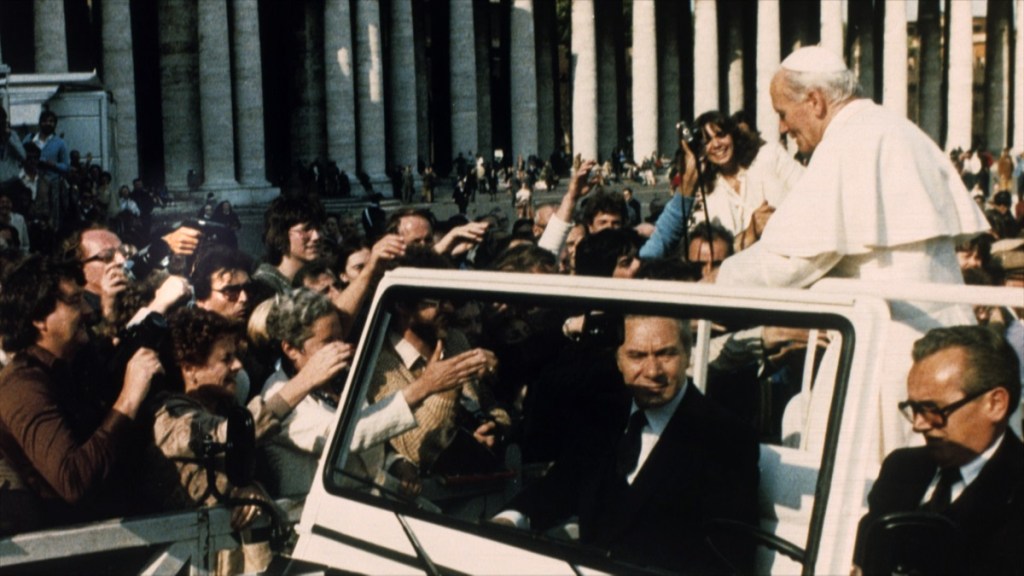
What is certain is that after Ağca gained entry into the Vatican City, he and his conspirator, Oral Çelik, had planned to open fire in St. Peter’s Square, the plaza located outside St. Peter’s Basilica. They then apparently intended to flee to the Bulgarian embassy using a small explosion as a distraction. On May 13, 1981, the two waited for the Pope to make his way through the plaza before Ağca shot him multiple times. However, his attempt to flee was foiled when, as he describes in the Netflix documentary show, he was grabbed by a nun named Lucia with a strong grip amidst the crowd of fleeing public.
Following his capture by Vatican security chief Camillo Cibi, Ağca was taken into custody while Çelik fled without open firing or setting off the planted explosion. Though his attempt to kill the Pope did not succeed, the assassin did succeed in wounding him severely as the religious leader suffered two bullet wounds in his lower intestine, one in his left hand and the other in his right arm. For his actions, Ağca was given life imprisonment in July 1981 in Italy.
Mehmet Ali Ağca is a Catholic Priest Today
Over the years, there have been many theories about who might have been behind the conspiracy to kill the Pope. Some people have speculated that the Soviet Union’s intelligence agency KGB might have been involved in the plot, while others have implicated Bulgaria. Some have even suggested the involvement of elements within the Vatican, while the connection to the Grey Wolves remains as strong as ever. Mehmet Ali Ağca himself, at one point, claimed that he was an incarnation of Jesus Christ and, over the years, has given several conflicting stories.
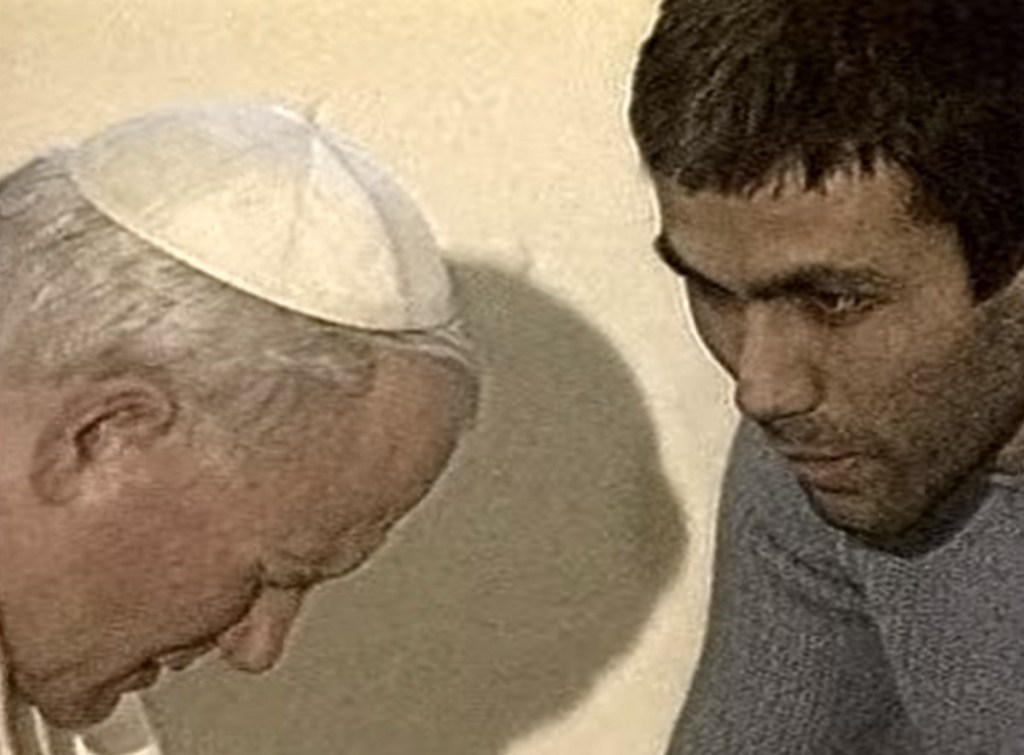
As viewers of the Netflix series might know, Pope John Paul II himself claimed to have forgiven his would-be assassin and even met Ağca in 1983 in prison. In 1987, the religious leader met with Ağca’s mother, which was followed by a meeting with his brother about ten years later. The assassin himself confessed in the show that he found the Pope to be a warm and comforting man and apparently had created a special bond with him.
In June 2000, Ağca was pardoned by the Italian government for his crimes against the Pope at the request of the victim in question. He was deported to Turkey, but his past crimes caught up to him as he was again arrested on June 25, 2000, for the murder of Abdi İpekçi, along with two bank raids that took place in the 1970s. He successfully fled to Bulgaria on November 25, 2000, and was initially sentenced to death in absentia before being deported to Turkey.
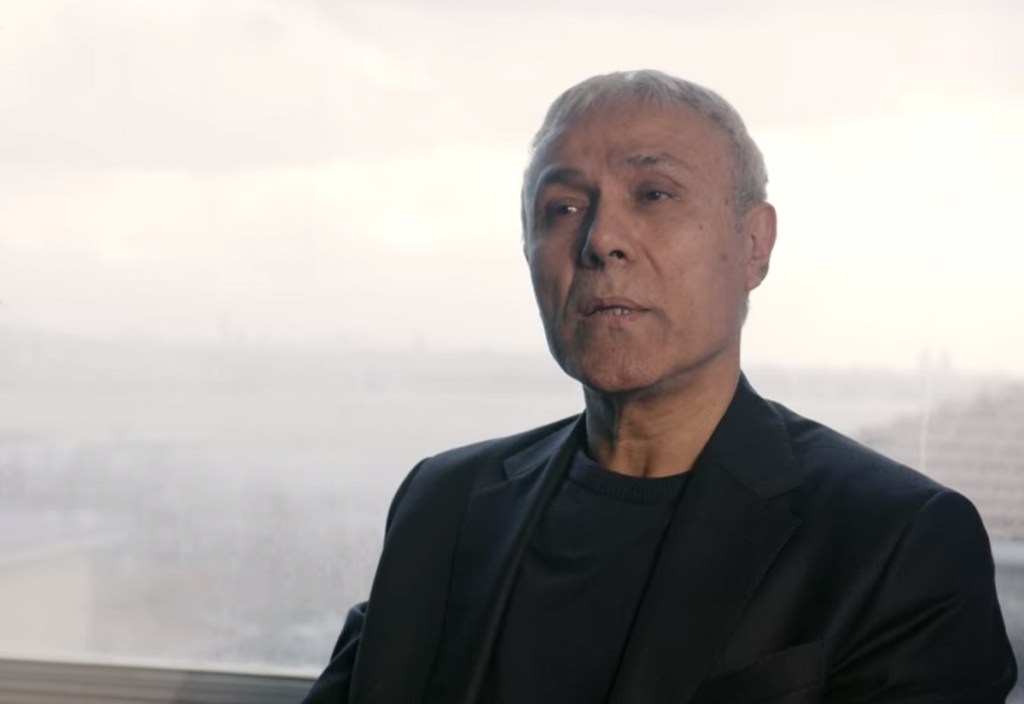
Ağca was initially sentenced to 36 years in prison for his financial crimes, but the conviction was later overturned due to the statute of limitations. However, his reduced sentence of ten years for the murder of İpekçi stood. While he was still a prisoner, Ağca learned about the failing health of the Pope and mourned his death that happened on April 2, 2005. On January 12, 2006, the assassin was released on parole and was soon sent back to prison after a ruling from the Supreme Court, which stated that his time in the Italian prison could not be deducted from his sentence in Turkey and was re-arrested in Ankara, Turkey, on January 20, 2006.
On January 18, 2010, Ağca was once again released from prison and has since given several accounts of what exactly went on in the background of the papal assassination attempt. From Cardinal Agostino Casaroli to the Iranian government and Ayatollah Khomeini, he has accused multiple parties of his actions over the years. That said, he did become a Catholic priest in 2016 and has never wavered about his good opinion of Pope John Paul II, having even expressed a desire in the past to become a Polish citizen to honor his friend’s memory by spending the last years of his life the home country of the Pope.
Read More: Georgina Rizk: Where is Ali Hassan Salameh’s Wife Now?

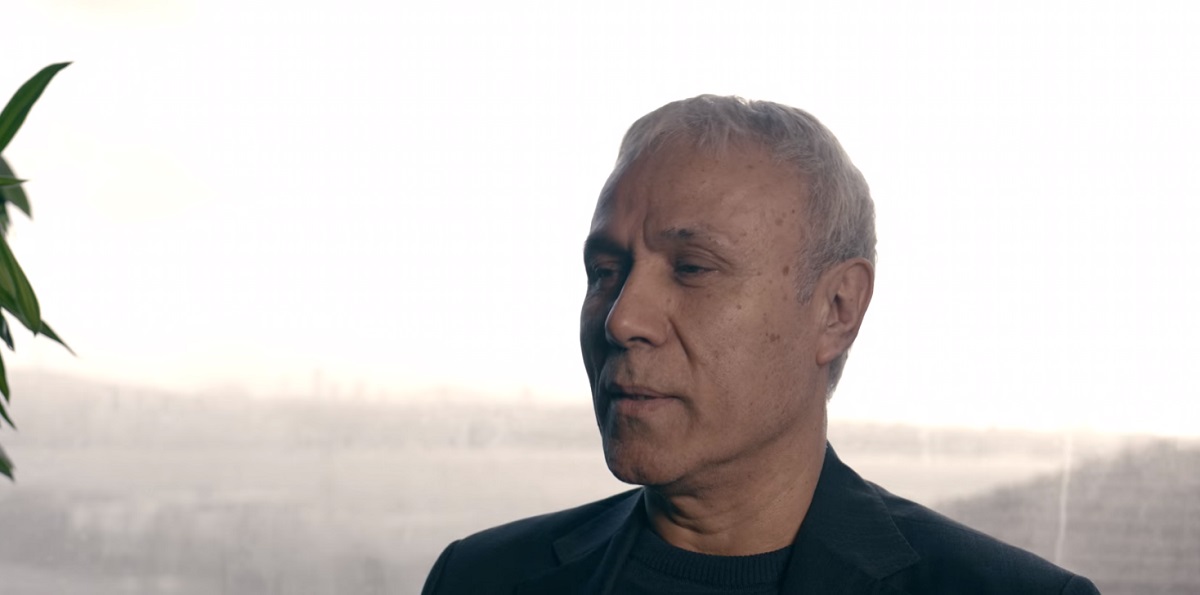
You must be logged in to post a comment.